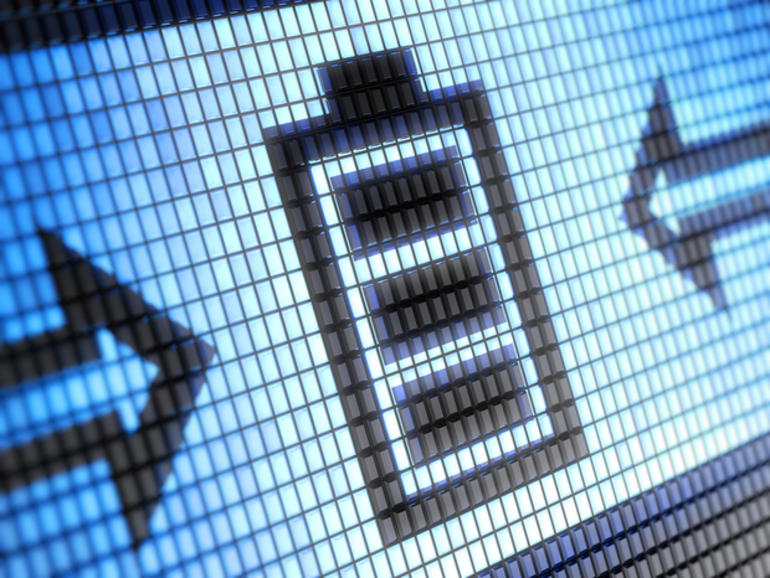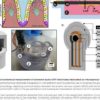Singapore researchers say they have developed a way to tap the human body as a medium to draw energy and power wearables. The technology draws power from a single device, such as a mobile phone placed in a pocket, to wirelessly charge other wearables placed on the body.
It also could be used to extract unused energy from electronic appliances in homes or offices to power wearables, said the team from National University of Singapore’s (NUS) Department of Electrical and Computer Engineering. The engineers developed the technology alongside the university’s N.1 Institute for Health, which comprises academics in neuro-engineering who use machine learning and artificial intelligence to facilitate clinical trials.
The researchers built a system that encompasses a receiver and transmitter, each embedded with a chip that enables wireless powering across the entire human body.
It was developed to address common challenges with existing near-field transmission or wireless charging mechanisms, in which coverage was limited by the distance of transmission, stability of energy movement, as well as route the energy took. This transmission path could be disrupted by the presence of obstacles, specifically, human bodies its proximity. Called body shadowing, it could affect the performance of wireless charging systems.
These issues meant methods available today had been unable to deliver sustainable power to charge wearables located across the human body, according to the NUS researchers.
Rather than work around the obstacle, they said they used the human body as a conduit to harvest and transmit power.
“A user just needs to place the transmitter on a single power source, such as the smart watch on a user’s wrist, while multiple receivers can be placed anywhere on the person’s body. The system then harnesses energy from the source to power multiple wearables on the user’s body via a process termed as, body-coupled power transmission,” the team said.
This would allow the wearer to charge just one device, which then would power all other gadgets worn on the body simultaneously.
Its tests revealed the system could enable a single fully-charged source to power up to 10 wearable devices on the body for more than 10 hours, said the NUS research team.
The body-coupled power transmission technology also showed a path loss of 30-dB (decibel) to 70-dB lower than far-field transmission, where there was body shadowing effect. It could retrieve 2 µW (microwatt) at the body’s head from an 1.2-mW (megawatt) transmitter placed 160 cm away, at the ankle.
The researchers also were exploring ways to harvest energy from the environment. They pointed to parasitic electromagnetic (EM) waves within a typical home or office environment that most people were exposed to, such as a running laptop.
The systems’ receiver could hunt for and retrieve EM waves from the ambient environment through body-coupled powering, allowing humans to harvest the energy to power wearables on their body.
The team’s lead researcher Jerald Yoo said: “Batteries are amongst the most expensive components in wearable devices and they add bulk to the design. Our unique system has the potential to omit the need for batteries, thereby, enabling manufacturers to miniaturise the gadgets while reducing production cost significantly.
“Without the constraints of batteries, our development can enable the next generation [of] wearable applications, such as ECG (electrocardiogram) patches, games accessories, and remote diagnostics,” Yoo said.
Researchers from University of CU Boulder in the US said they developed a wearable device that turned the human body into a battery, converting body heat into electricity. The wearable, though, would have to touch human skin to work.



